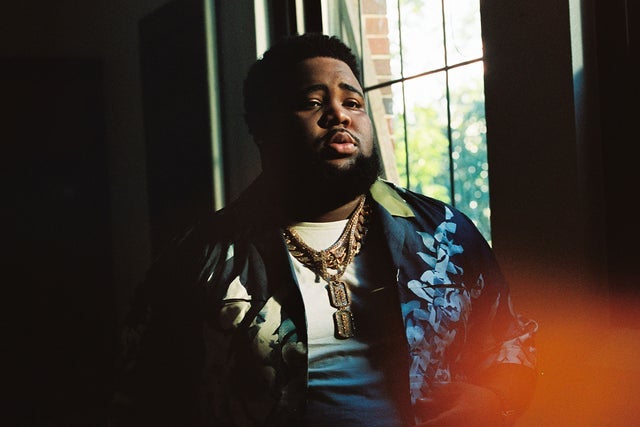Rod Wave comes from St. Petersburg, Florida, blending gospel warmth with street detail and slow-building, melodic rap.
Hard truths, soft melodies
His writing centers on loss, loyalty, and resolve, so this Redemption chapter feels like a check-in with the person behind the streams. Expect a set anchored by
Heart on Ice,
Tombstone,
Street Runner, and
Fight The Feeling, with piano-led moments breaking up the 808 weight. The room skews young but mixed, with couples mouthing hooks, friend groups trading lines, and a calm that settles during the bare confessions.
Who shows up, what they sing
Before label backing, he pushed early tapes locally and online, and
Heart on Ice took another leap when a remix with
Lil Durk hit. He often kills the beat and lets the crowd sing a full chorus a cappella before a heavy drop returns. Production might lean on a live drummer and guitar shadowing the record’s melodies with sparse interludes. These set and staging notes are reasoned projections from recent shows, and they can shift from night to night.
Rod Wave’s Scene: Quiet Pride, Loud Choruses
Quiet pride, loud choruses
The crowd leans cozy and expressive, with Nike tech sets, varsity jackets, simple tees, chains, and fitted caps in the mix. You see friends comparing favorite lines, couples swaying during ballads, and phones raised for choruses rather than whole songs. A common chant is his name stretched long before showtime, and once it starts, the first rows echo line endings like a call-and-response.
Little rituals that stick
Merch trends toward heavy hoodies and tees with cloud, wave, or prayer-hand motifs, often with tracklists on the back for album-minded fans. During
Tombstone, phone lights pop early for the "by the river" moment, then the bounce returns when the drums hit. Between songs, the room quiets fast for short notes about family and focus instead of party talk. The mood stays supportive more than rowdy, with people making space and passing water when needed.
How Rod Wave Builds The Room From The Song Up
Music first, story forward
Live,
Rod Wave keeps his vocal forward and mostly dry, with a light echo that lets the rasp read in the back rows. Keys lay warm pads and simple piano figures, clean guitar mirrors toplines, and the drummer blends acoustic hits with pad-triggered subs to match the albums. Tempos stay moderate so he can stretch syllables, hold a pause, then land the next line like a sigh. Hooks often extend by a bar or two, locking the room in before the final drop.
Small choices, big feel
On some songs he trims a second verse and uses a spoken lead-in, a pacing move that keeps focus tight. A subtle touch many miss is the keys doubling the melody in a lower octave during refrains to fill the space studio stacks cover. Lighting follows the music, with moody blues and stark whites pulsing on downbeats instead of busy chases. Backing tracks carry select ad-libs so he can reach for long notes, then he pulls them back to let the natural tone stand alone.
If You Like Rod Wave, These Roads Cross Too
Neighboring sounds, familiar feelings
Fans of
Kevin Gates will vibe with the diary-like detail and southern grit that
Rod Wave channels.
Lil Durk overlaps through pain-melodies and a crowd that values sing-rap confessionals as much as pace.
Toosii shares slow-burn tempos, relationship-driven writing, and sets that swing from hush to big-hook release.
Where the overlap lives
If gospel-tinged urgency and come-up narratives hit you,
Morray sits close, with warm vocals over booming low end built for theaters. All of these artists balance stark detail with tender melody, drawing both rap fans and R&B heads into the same space.



